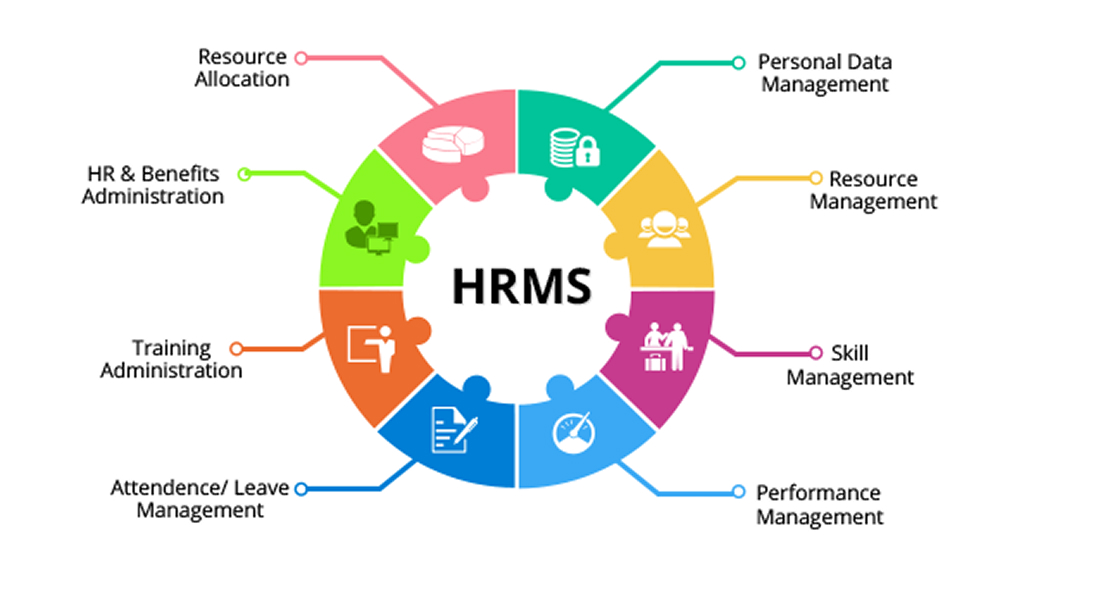Each has advantages and disadvantages, focusing on particular regions. Depending on the geolocation and tasks, different Mapping & Location APIs are more suitable. In this article, we want to discuss the advantages and disadvantages of Google Maps, MapBox, and OpenStreetMap.
Why does your website need Mapping & Location API?

Mapping & Location API is a powerful tool for business that allows you to create a positive image of your company and make it more convenient to find your location, thanks to the possibility of creating a route.
Today users more and more often search for companies via the Internet. The number of people doing this with the help of maps is increasing. Therefore, organizations that utilize mapping services gain an additional competitive advantage. By utilizing popular tools, you can get on the first page of search results locally, as well as be seen by users of the chosen map platform. To optimize your presence and reach, it’s time to hire TravelTech developers who can integrate these tools seamlessly.
Advantages of using Mapping & Location API
We highlight 3 main advantages of integrating Mapping & Location API with your website:
- Review endorsement. Most popular mapping services support a review system. This allows you to improve your online reputation and gain the trust of your potential customers. Studies show that users are more likely to contact a company if it has reviews. 70% of consumers trust online reviews. 63% are more likely to shop on websites with reviews from other users. So, you can add a block with an external link on your website and get the most out of the Mapping & Location API integration.
- Attracting potential customers. Each mapping service has a user base. Therefore, by giving preference to one Mapping & Location API integration or another, you get the opportunity to get the attention of its users. So, you can mark your organization on the map and get additional traffic and potential customers.
- Convenience. By installing a mapping service on your website, you make it much easier to find the address. A visitor will easily find the company's location and be more likely to request your services. It also shows that the organization is real and can be trusted.
If your development team has difficulties implementing Mapping & Location API, MaybeWorks developers can augment it and speed up not only the integration process but the whole web development.
Top 3 mapping platforms to integrate on your website
There are many different mapping platforms you can integrate into your website. They have different advantages and disadvantages. But we want to discuss only 3 top map services - Google Maps, MapBox, and OpenStreetMap.
Google Maps

It is a well-known mapping platform that has been in operation since 2005. Google allows using Google Maps for third-party platforms. The API allows developers to place any map on the website or mobile application. Extended possibilities for the developer allow installing Google Maps anywhere, in a convenient way. But registration is required to get started.
Google Maps API contains capacious information about the movement of urban transport, and there is a directory of companies. Placed businesses on Google Maps can get feedback from visitors.
- Advantages of Google Maps: excellent coverage; allows you to get information about locations worldwide; geocoding (conversion of a location’s geographic coordinates into a human-readable street address and vice versa); decent visual customization
- Disadvantages of Google Maps: does not always correctly estimate the travel time on public transport; heavy to render (first-time rendering freezes app for a second); drains battery and requires some workarounds to improve energy consumption; markers and shapes are 100% static; not open sourced
- Languages: supports most languages of the world
- Conditions of use: free for non-commercial purposes; there are query limitations for some features
- Pricing:
- Static map: $2/1000 hits
- Dynamic Map: $7/1000 hits
- Features:
- Helps make interactive maps
- Provides a 360-degree view of the streets
- Creates convenient routes for customers
- Calculates travel time for multiple routes
- Converts places to coordinates and vice versa
- API: Yes.
Companies that use Google Maps include Uber, Bolt, and Trip advisor.
MapBox

This mapping platform took over the niche of custom maps, having appeared in 2010. In 2012 Mapbox iOS SDK was released. The main difference between MapBox and its competitors is that you can play with map styles. There is a separate product, MapBox Studio, where developers can play with styles and create their own unique designs for maps, with a minimum of effort to the process. This tool is available in the web version and allows developers to customize the following things: names of geographical objects (change font, color, transparency), colors of roads, buildings, parks and greenery, tunnels, bridges, and countries. There are a lot of possibilities, everything changes online, and you see the result of the changes.
- Advantages: well-organized documentation; customization of maps is easy; easy to integrate on web and mobile apps
- Disadvantages: geared towards large projects; may disrupt existing background processes; the API is not customizable
- Languages: supports most languages of the world
- Conditions of use: free for up to 25,000 mobile users and 50,000 web loads
- Pricing: 1,5$/1000 hits up to 500 000 requests
- API: Yes.
MapBox is a provider of data and solutions to giants like Evernote, The Financial Times, The Weather Channel, and Uber Technologies. Other clients include Foursquare, Pinterest, Airbnb, CNN, IBM, National Geographic, and Master Card.
OpenStreetMap

It is a non-profit service that provides a free map of the world. Created by a public initiative, financial support is provided by donations. This is a dynamically developing project, and the data is constantly updated. New objects can be mapped by everyone. The map can not compete with the giants like Google Maps, but it is worthy of attention.
- Advantages: it is absolutely free and open-source; available detailed map information on less popular locations
- Disadvantages: the information is still incomplete; there is no explicit content hierarchy; excessive queries with API will result in getting blocked; limited usage of services like routing; map clustering is dependent on 3rd party APIs; may not integrate well with other tools
- Languages: more than 100 languages of the world
- Conditions of use: free of charge
- Features: Adding new places and free integration with the website
- API: Yes.
Companies that use OpenStreetMap include OpenTouchMap, CycleStreets, and Karta GPS.
If you are interested in web development, we recommend you to read our article about 5 web development trends for 2023. This is our expert opinion based on 5-year experience in web development of different complexity.
Key differences between Google Maps, Mapbox, and OpenStreetMap APIs

The major differences between these three maps APIs can be described through these features:
- Customization. Mapbox is the leader in terms of customization, with Google Maps going next and OpenStreetMap being the obvious outsider.
- Operating expenses. OpenStreetMap wins in terms of operating expenses by a landslide. In the case of Google Maps and Mapbox, you’d have to be careful when comparing costs for the exact use case. But we’d give the edge to Mapbox.
- Feature value. OpenStreetMap is outside here. Mapbox and Google Maps are well-equipped for most tasks.
- Ease of integration. This will depend mainly on the experience your designers and developers have with the respective APIs and their SDKs. Some will favor Google Maps due to its popularity, and others – like the developers at MaybeWorks – will be comfortable integrating all three APIs.
Before deciding on what mapping & location API to use, we recommend asking yourself the following questions:
- What type of website are you building, and will maps play a critical role in it?
- How many people are expected to use the website?
- Is it necessary to customize maps, or is their standard view precisely what you want?
- Will location tracking be added to the website?
- Is it important for you to have free views?
- Do you need to foresee the scalability of your website project already at the development stage?
Today’s mapping platforms have a lot of capacity and features that can be integrated into your website. As you can see, there is no mapping platform option that will be the best choice in all cases. Honestly saying, we also do not believe in “one-size-fits-all” mapping solutions. The right preference of the mapping platform API to integrate into the website depends on multiple aspects. For tailored integration and expert solutions, it’s wise to hire real estate developers from MaybeWorks to maximize the potential of your mapping service.
MaybeWorks expertise in website development

Mapping & Location API is an effective tool to create a positive online reputation, increase customer loyalty and demonstrate the route to your potential customers. What mapping service to choose depends on the goals of integration. For example, if you want to get to the first pages in search results at the local level, then choose Google Maps. The feasibility of each service is determined by regional specifics.
One of the last projects where MaybeWorks augmented the web development team was a real estate website development project, involving a progressive web application created to connect property owners and real estate agents in Seattle (WA). With its help, real estate agents can find an available-to-rent property and manage the process of showing property, earning royalties for that. MaybeWorks developers set up full automation for property selection (depending on availability and the area) and its demonstration. The application uses Google Maps and Stripe integration as well as AWS S3 for storing data, images, etc.
Our back-end developers created the project from scratch. They completed a number of tasks and assignments. Here are the most significant ones:
- Created the code architecture
- Added testing for API
- Added documenting for API
- Integrated Stripe for payment flow and security
- Added authorization service "auth0" for a security upgrade
- Developed all needed functionality
- Created DB's structure and set it up.
- Added Unit Testing
- Implemented Material Design for cross-browser compatibility and adaptiveness
Our augmented developers built a big progressive web application with a number of unique features. They appeared as an idea and were successfully implemented using a top-notch technology stack.
Feel free to contact us to discuss the assistance of your web development team.















